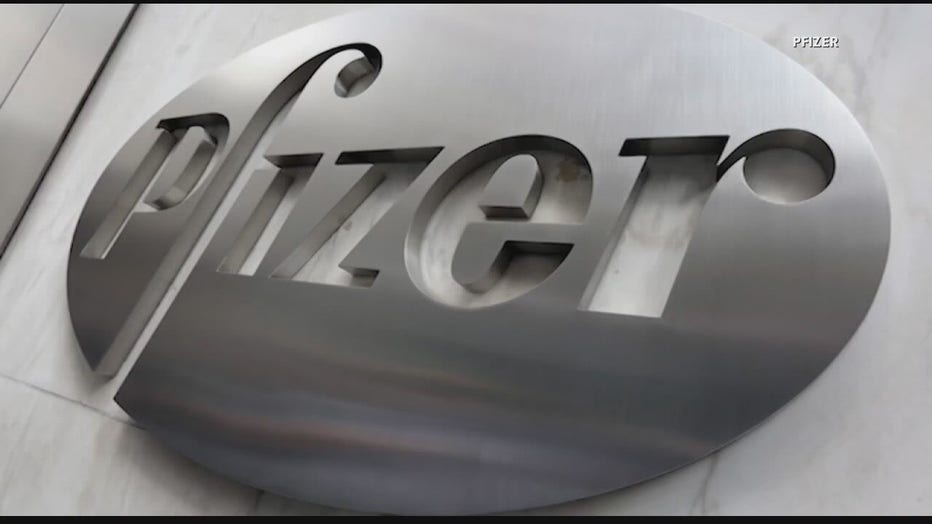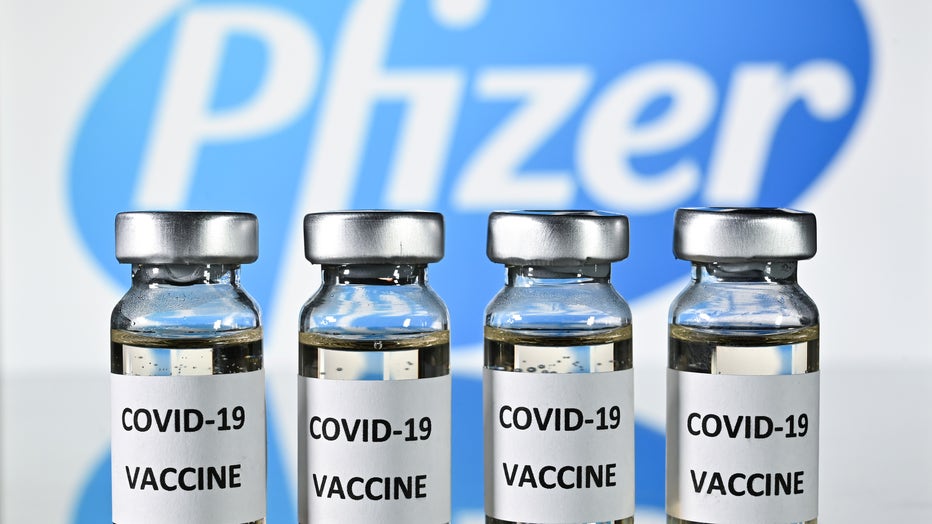Pfizer and BioNTech seek emergency use of COVID-19 shots in US
(AP) - Pfizer formally asked U.S. regulators Friday to allow emergency use of its COVID-19 vaccine, starting the clock on a process that could bring limited first shots as early as next month and eventually an end to the pandemic -- but not until after a long, hard winter.
The action comes days after Pfizer Inc. and its German partner BioNTech announced that its vaccine appears 95% effective at preventing mild to severe COVID-19 disease in a large, ongoing study.

The companies said that protection plus a good safety record means the vaccine should qualify for emergency use authorization, something the Food and Drug Administration can grant before the final testing is fully complete. In addition to the FDA submission, they have already started “rolling” applications in Europe and the U.K. and intend to submit similar information soon.
With the coronavirus surging around the U.S. and the world, the pressure is on for regulators to make a speedy decision.
“Help is on the way,” Dr. Anthony Fauci, the top U.S. infectious disease expert said on the eve of Pfizer’s announcement, adding that it’s too early to abandon masks and other protective measures. “We need to actually double down on the public health measures as we’re waiting for that help to come.”
Friday’s filing sets off a chain of events as the FDA and its independent advisers debate if the shots are ready. If so, still another government group will have to decide how the initial limited supplies are rationed out to anxiously awaiting Americans.
How much vaccine is available and when is a moving target, but initial supplies will be scarce and rationed. Globally, Pfizer has estimated it could have 50 million doses available by year’s end.
About 25 million may become available for U.S. use in December, 30 million in January and 35 million more in February and March, according to information presented to the National Academy of Medicine this week. Recipients will need two doses, three weeks apart. The U.S. government has a contract to buy millions of Pfizer-BioNTech doses, as well as other candidates than pan out, and has promised shots will be free.
Not far behind is competitor Moderna Inc.’s COVID-19 vaccine. Its early data suggests the shots are as strong as Pfizer’s, and that company expects to also seek emergency authorization within weeks.

An illustration picture shows vials with Covid-19 Vaccine stickers attached, with the logo of US pharmaceutical company Pfizer, on November 17, 2020. (Photo by JUSTIN TALLIS/AFP via Getty Images)
Here’s what happens next:
MAKING THE DATA PUBLIC
The public’s first chance to see how strong the evidence really is will come Dec. 10 at a public meeting of the FDA’s scientific advisers.
So far, what’s known is based only on statements from Pfizer and BioNTech. Of 170 infections detected to date, only eight were among people who’d received the actual vaccine and the rest had gotten a dummy shot. On the safety side, the companies cite results from 38,000 study participants who’ve been tracked for two months after their second dose. That’s a milestone FDA set because historically, vaccine side effects don’t crop up later than that.
“We’ll drill down on these data,” said FDA adviser Dr. Paul Offit of the Children’s Hospital of Philadelphia.
Think of it like science on trial. A few days before the meeting, the FDA will release its own internal analysis. That sets the stage for the advisers’ daylong debate about any signs of safety concerns and how the new vaccine technology works before rendering a verdict.
They’ll recommend not just whether FDA should allow broader use of the vaccine generally but if so, for whom. For example, is there enough proof the vaccine works as well for older, sicker adults as for younger, healthier people?
There’s still no guarantee. “We don’t know what that vote’s going to be,” said former FDA vaccine chief Norman Baylor.

